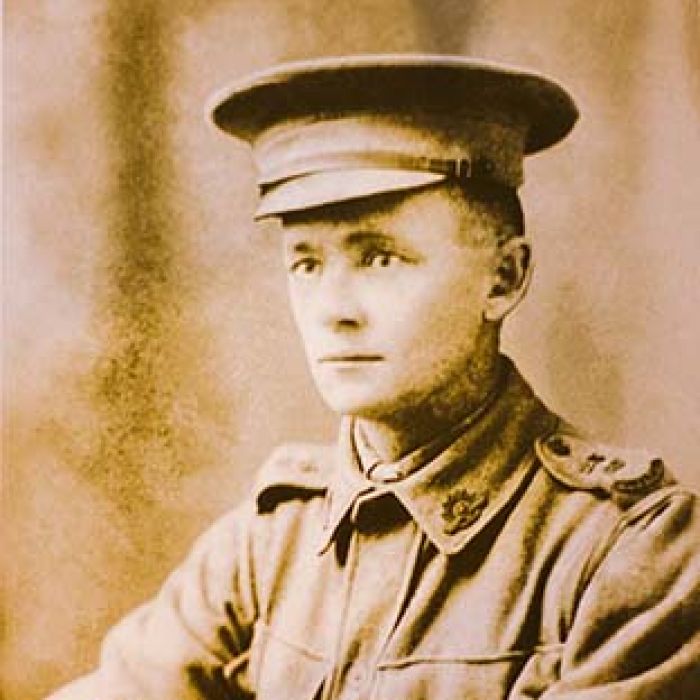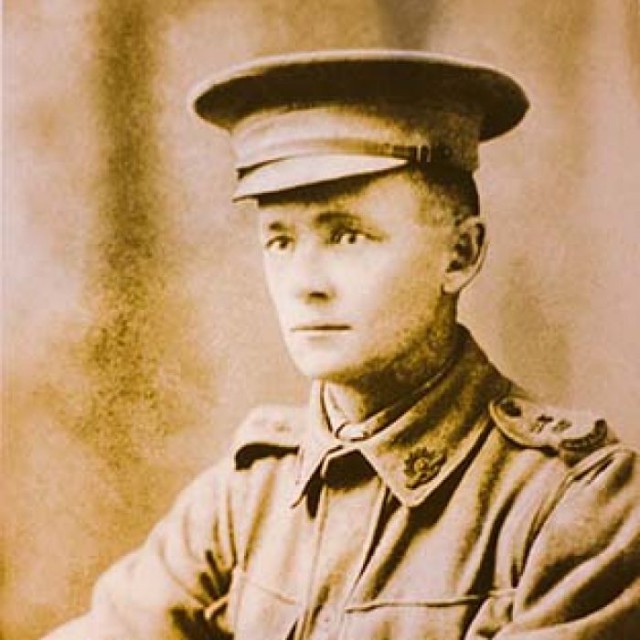A collection of maps used during the Australian Army’s Gallipoli campaign during World War One has been recovered.
The maps were originally drawn up by Private James Nicholas Murray to facilitate a line of defence in the battle known as Russell’s Top. In the early 1900s mapmakers would use just a compass and string to map out locations. James used this method to draw up the line of trenches and tunnels that the Australian troops would require in the offensive at Anzac Cove, Turkey.
James also kept the diary which accompanies the maps. He sent all of his maps, paperwork and diaries home before returning from the campaign himself; since then the documents have been passed down by his family. James Murray’s grandson, Mark Murray from central Queensland town of Emerald, kept them in a drawer. Mark is piecing all of the information back together from a suitcase full of James Murray’s material, all still visible enough to be transcribed.
Captain Andrew Craig, who is leading the Anzac centenary commemorations in Queensland, said it was more detail and information about the Russell’s Top line of defence than has ever been recovered. He is now looking at ways the documents can be converted into digital files so that more people can access them.
Russell’s Top was a significant line of defence; historians suggest that if it had been lost, so too would the entire Anzac campaign. James Murray’s diary reveals that mapping the trenches and tunnels while under fire from Turkish troops was not easy. He often came close to being killed from arms fire or from being bombed. His diary notes that the soldiers were all hungry and feeling faint from the severe lack of food. After World War One James was discharged from the Army because his hearing had failed. He eventually died in 1956, the ABC News reports.
The Emerald Returned and Services League (RSL) was hoping to have James Murray’s work on display during the Anzac centenary commemorations. Unfortunately, during all of this investigation and planning, Mark Murray’s offices were broken into and the suitcase was stolen along with other valuable office equipment. Luckily, police quickly responded to reported sightings of a man who was seen leaving the office with equipment near the time of the burglary. They apprehended him and the suitcase was returned to Mark in its original condition.

